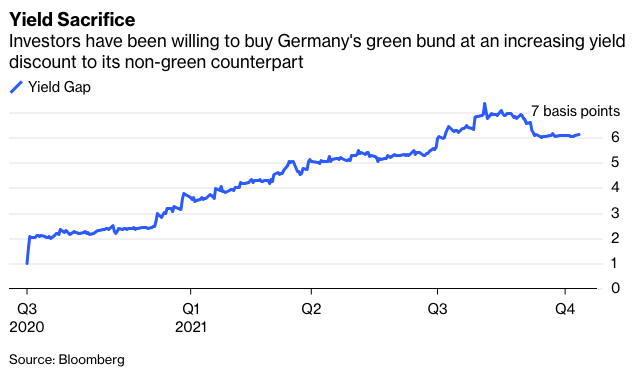Asset managers are under increasing pressure to stop investing in companies that worsen the climate emergency through heavy carbon emissions. But recent events suggest that engaging with these companies beats disinvestment as a strategy to improve their environmental performance.
Hedge funds have been making outsized profits buying discarded shares of oil and gas companies, the Financial Times reported last week. Institutional investors “are all so keen to get rid of oil assets, they’re leaving fantastic returns on the table,” Crispin Odey of Odey Asset Management told the newspaper. His European fund has gained more than 100% this year, boosted by investments including Norwegian oil company Aker BP, whose shares have risen by more than a third.
Objecting to hedge funds making money this way is akin to chastising the scorpion in the fable for stinging the frog that carries it over the stream: It’s hardwired into the DNA of traders to seek profits even at the expense of the planet, just as the arachnid is helpless to ignore its fundamental nature.
The broader fund industry should take note. Leaving fat profits on the table for less ESG-minded investors to hoover up isn’t a winning strategy. Savers who’ve entrusted their money to asset management firms are likely to become disenchanted with the green agenda if it threatens to make retirement less comfortable.
Moreover, by starving energy companies of capital, asset managers may be hobbling their ability to fund the transition to a lower-carbon economy. “When you walk away, those assets are still sitting there emitting,” Anne Simpson, the director for governance and sustainability at California Public Employees’ Retirement System, told an online investing conference hosted by MSCI Inc. last week. This is where divesting in the name of climate change becomes a lot trickier than divesting out of so-called sin stocks such as tobacco companies or arms manufacturers.
The debate about whether doing good comes at the expense of returns continues to rage among equity investors. You can find academic studies to back either side, which I fear says more about the difficulty of divining the data than it does about the merits of the underlying dispute.
In the bond market, it’s clear that investors are willing to sacrifice returns in exchange for their capital being put to more environmentally friendly uses. Germany, for example, has two government bond issues outstanding that are identical in every way, except the capital raised by one is targeted at environmentally friendly spending.
When the green version of the bund went on sale in Sept. 2020, its non-green peer was available at a yield 1 basis point higher. Since then, the premium has continued to grow as investors favor the chartreuse alternative. Bondholders are currently giving up about 6 basis points to own the planet-preserving security.

For sure, there’s a supply-demand imbalance at work. At 6.5 billion euros ($7.5 billion), the green bund is dwarfed by the vanilla issue’s 30.5 billion euros. And the universe of potential owners of the former issue is bigger, attracting ESG-dedicated funds in addition to the traditional fixed-income crowd.








